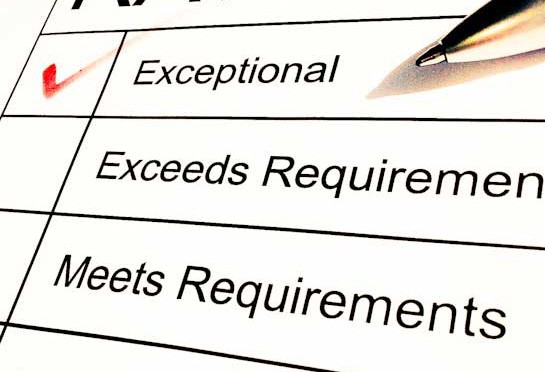In the previous post I talked about the need I had for a more consistent form of employee evaluation and feedback.
What I needed was something quick, direct, clear and actionable.
The B.A.K.E. Method
What I came up with was a simple table, on a single piece of paper called the B.A.K.E. Sheet, that captures short written elements for each of 4 areas:
- Behaviors
- Attitudes
- Knowledge
- Execution
Behavior
This is what I (or other employees) observe you doing. These are the actions and interactions of your work. Your words, actions, gestures, and the overall way you conduct yourself in the workplace (or outside it – thank you social media).
Attitudes
These are the mental patterns, thinking, bias’s and mindset that drive behavior, speech and motivation.
Knowledge
This is the expertise of the employee, what they know. It is the skills and training they have or need to get the job done.
Execution
This is how they apply all of the Behaviors, Attitudes and Knowledge coupled with processes and procedures/tools to get the assigned task or job done.
The B.A.K.E. table has 2 columns, one is “Observations” and one is “Desired/Comments”.
How to B.A.K.E. an employee
Every few weeks you sit down with the employee and summarize what you have observed and what needs to be changed improved or doubled down on using the B.A.K.E. sheet. By doing this you have the feedback loop as part of a regular interaction with employees. Necessary changes are discussed more. Incremental improvements can be recognized and rewarded where appropriate. Other circumstances can be responded to as required.
The point is that the discussion occurs on a regular basis. What you end up with is a more engaged workforce and one that has more regular improvements. Regular touch-points also foster a more continual dialog about culture and values that drive the desired outcomes in the 4 B.A.K.E. areas. Its like AGILE for feedback management.
After doing the B.A.K.E. method for a year, the annual review becomes more of a formality. But one that has fewer surprises and more concrete milestones to review, and like a good cake will taste better after its thoroughly baked.

